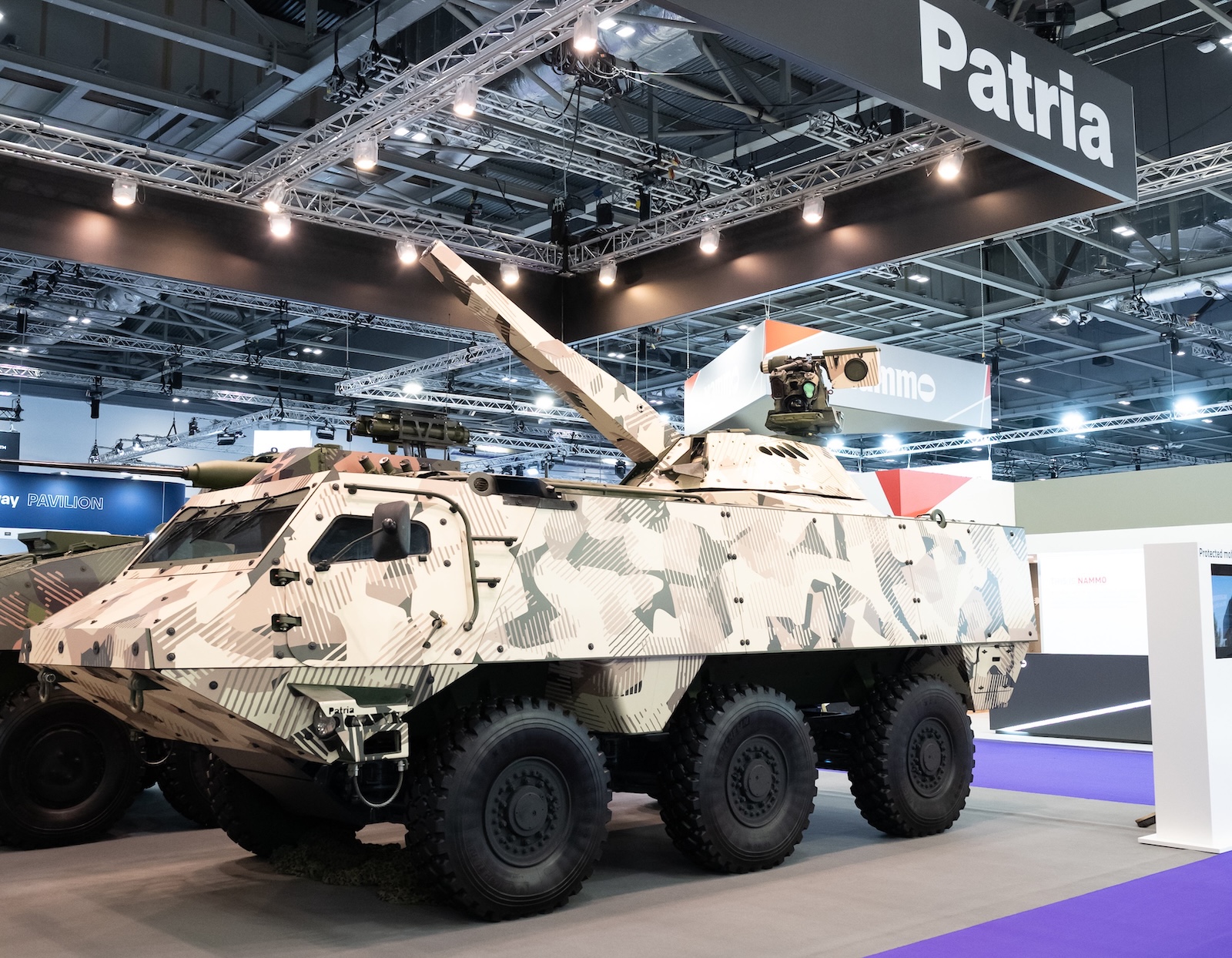Get the weekly SPARTANAT newsletter.
Your bonus: the free E-Book from SPARTANAT.

The Budget Committee approved five procurement projects on 29 January 2025. These include prototypes for a new mortar system, additional IdZ systems and a new TaWAN LBO radio relay network. The acquisition of additional FLW 100 weapon stations, as well as launchers and ammunition for the Wirkmittel 90 and the Panzerfaust 3 were also approved.
The procurement projects approved this week by the Budget Committee of the German Bundestag mainly concern the Land Forces and the Army. The Bundestag approved armament investments totalling more than €2.5 billion, as Bundeswehr procurement and development projects costing more than €25 million each must be approved in advance by the Budget Committee.
Wheeled armoured mortar system based on the Patria 6x6
The Budget Committee has approved the funds for a development contract for the procurement of a 120 mm wheeled heavy mortar system. The Bundeswehr will receive vehicles based on the Finnish Patria 6x6 wheeled armoured vehicle in order to qualify the system and adapt it to the needs of the Bundeswehr. This includes, for example, the integration of digital radio equipment and the connection of the fire control system to the ADLER command and weapon deployment system.
The new mobile mortar system is part of the CAVSCommon Armoured Vehicle System project. This is an armaments cooperation between several European governments to develop a state-of-the-art 6x6 armoured vehicle system. Germany joined the CAVS Common Armoured Vehicle System programme in 2023. The programme is open to countries with similar requirements. For the Bundeswehr, the project marks the start of the introduction of a new mortar system. The current 120 millimetre mortar and its carrier vehicles (M113 and Light Armoured Wolf) have already significantly exceeded their service life. Mortars are primarily used in support of infantry to engage targets behind cover with so-called steep fire.
Series production of the new CAVS Common Armoured Vehicle System mortar will take place at a later date and will be submitted separately to the Budget Committee for approval. The cost of the entire project amounts to approximately 51 million euros and will be financed from the Bundeswehr's special fund and, from 2028, from the regular defence budget.
Renewal and procurement of IdZ platoon systems
The "Infantryman of the Future" (IdZ) soldier system is used by the Bundeswehr primarily in combat and armoured infantry units. It stands for modern - especially digital - equipment for soldiers. This includes clothing, protection, weapons, optics, radio and command and control equipment. The introduction of the IDF's equipment has significantly increased the personal mobility, survivability and endurance of infantrymen.
The project is based on the design developed and field-tested as part of the VJTF-Very High Readiness Joint Task Force 2023 armoured infantry system. The advanced command and control equipment and battle management system, designed specifically to meet the needs of infantry, greatly simplify command and control within a company. In addition, the system's advanced night vision and night targeting devices will enable it to fight during the day, at night and in conditions of limited visibility. The financial requirements for the procurement amount to almost 418 million euros, which will be financed by the Bundeswehr's special fund.
TaWAN radio relay network for high communications requirements
The Tactical Wide Area Network Land-Based Operations (TaWAN LBO) provides networking of deployable and mobile assets with the radio relay management and command interface vehicle components. It also serves to connect the Digitalisation Land-Based Operations (D-LBO) network to the rear core network and to the networks of multinational partners. It plays a key role in the end-to-end land-based information and communications network, helping to ensure command and control capability through satellite-independent connectivity (two-way support), thereby increasing resilience. The investment costs amount to almost €1.9 billion and will be financed by the Bundeswehr Special Fund and the regular defence budget.
Purchase of additional FLW 100s
The committee also approved funds for the procurement of additional FLW 100 remotely operated weapon stations. The contract is worth approximately €48 million and will be financed by the Bundeswehr Special Fund. Various Bundeswehr armoured command and multipurpose vehicles - such as the Dingo, Boxer, Fennek and Eagle - as well as modern armoured and unarmoured transport vehicles already have the necessary interfaces for the integration of an FLW. Like the FLW 200, the FLW 100 has been in service with the Bundeswehr for several years. The FLW 100 can be fitted with a machine gun. The FLW 200 can be fitted with a heavy machine gun or a grenade launcher.
Launchers and ammunition for the Effector 90 and Panzerfaust
The Budget Committee has also approved the conclusion of a framework agreement for the production and delivery of firing units and ammunition for the Wirkmittel 90 and the Panzerfaust 3. With the conclusion of the framework agreement, a firm order is also placed for various Effector 90 rounds with a total financial requirement of approximately 103 million euros, which will be financed via the Bundeswehr Special Fund.
BUNDESWEHR online
SPARTANAT is the online magazine for Military News, Tactical Life, Gear & Reviews.
Send us your news: [email protected]
Ad
similar
Get the weekly SPARTANAT newsletter.
Your bonus: the free E-Book from SPARTANAT.


